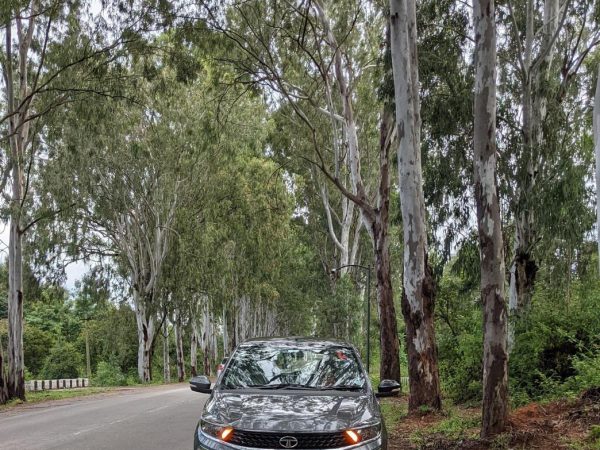Advantages and Disadvantages of the bicycle – bikerbuys.com
Table of Contents
- What are the advantages of cycling?
- Saving
- Speed and autonomy
- It helps you stay fit.
- Ecological
- and of using the bicycle
- The glow-in-the-dark lane
There are many advantages of cycling. This two-wheeled vehicle, whose movement is carried out by a person pedalling force, provides excellent benefits for both health and the environment. It is an ecological, healthy and economical means of transport.
Since its invention, the bicycle has evolved to make riding more comfortable and adapt to different terrain and needs. Thus we can find domestic, mountain, racing, folding, electric bikes, etc.

What are the advantages of cycling?
There are numerous advantages to using the bicycle:
. Saving;
. Speed and autonomy;
. Health;
. Ecology;
We explain each one in more detail below.
Saving
The costs of acquiring and maintaining a car are 30-40 times more than those of the bicycle. The most significant expense is the bike’s purchase. Once purchased, the maintenance is very economical, and you do not need any fuel to power it: just your movement.
Speed and autonomy
Another fundamental reason is the speed and autonomy that the bicycle offers you. For distances less than 5 kilometres, the bicycle is shown as the fastest means of transport in urban trips “door to door”. Also, you do not know the time it takes because you do not depend on traffic on the roads, nor are you subject to schedules.
It helps you stay fit.
Also important is the fact that it keeps you active in mind and body. Using the bicycle every day to go to work can save you the monthly fee for the gym. You keep your legs and heart in shape and arrive clear at your destination because you must be alert while driving.
The latter is widely used in many companies to promote the use of the bicycle to go to work since these advantages of the bicycle increase their workers’ productivity.
Ecological
But your reason can also be related to the conservation of the environment. The only less polluting mode of transport than cycling is walking, but this is not always possible. It does not require the consumption of fossil fuels. It does not emit gases into the atmosphere. It does not make noise, and with the energy consumed in the manufacture of a car, 100 bicycles could be built.
The use of a bicycle in the city is more accessible than people imagine. Anyone can do it, not just young athletes. There will be more or less accessible cities due to their slopes, state of the roads and existence of bike lanes, but you have to try it and stop believing the following myths.
and of using the bicycle
Despite its advantages, the use of bicycles in cities generates a series of problems:
“It is dangerous”. There are many more deaths from car accidents than from bicycle accidents.
“In a city with hills, you can’t ride a bicycle.” Most bikes have gears that allow you to modulate the hardness of your ride. Also, electric batteries can be attached to make these slopes even easier.
“You breathe a lot of smoke. “It is proven that the smoke that the cyclist lives is equivalent to that that the pedestrian breathes. On the other hand, the smoke that the driver of a vehicle breathes is much greater because he is breathing the smoke from all the cars around him and from his own, which is introduced into the car.
“The bikes are for the summer.” In many European countries, with harsher winters than those in Mediterranean countries, they use the bike throughout the year. With a good pair of gloves, a neck lining and a windbreaker, you don’t need much more to get through the harsh winter days on the bike.
On the other hand, in many cities, there is no specific lane. This confuses the road between motor vehicles and bicycles. Therefore, achieving sustainable mobility, in which efficient integration is an objective to be completed.
The lanes tend to have poor visibility at night, especially in the most remote areas of cities. This fact causes less safe driving for cyclists. In this sense, Poland has solved this problem by designing a lane that glows in the dark.
The glow-in-the-dark lane
Many companies are developed prototype bike lane; they are the main objective to improve cyclists’ safety at night thanks to the generation of light from stored solar energy.
The 100 m long rail is made of a synthetic material capable of absorbing solar energy during the day and then shining at night. This particular pavement can emit light for 10 hours.
The design seeks to be as respectful as possible with the environment, so the materials used for its construction are sustainable. Likewise, to avoid the visual impact, it was decided that it should be broadcast in blue to not clash with the landscape.
When so many people start doing it, it must be for something. What are you waiting to try?









